Car towing is an essential function in the automotive and transport industries, enabling efficient movement of vehicles that are unable to operate independently. With a multitude of scenarios that necessitate towing—ranging from roadside breakdowns to moving vehicles from one location to another—understanding the intricacies of car towing becomes paramount for safe and effective practices. This comprehensive guide delves into various aspects of car towing, from the types of towing methods and equipment used to the legal considerations and best practices for a seamless experience.
Understanding the Basics of Car Towing
What is Car Towing?
Car towing refers to the process of pulling a vehicle using another vehicle equipped with the necessary apparatus to facilitate safe transport. The towing vehicle, known as the tow vehicle, utilizes various towing mechanisms to connect and haul the immobilized vehicle, referred to as the towed vehicle.

Why is Car Towing Necessary?
Towing is often required in various circumstances:
- Accidents: Vehicles immobilized due to collisions need towing.
- Breakdowns: Mechanical failures can leave vehicles stranded.
- Transport: Relocation of vehicles for sale, repair, or storage.
- Repossessions: Financial institutions may require towing for collateral retrieval.
Towing Methods
Understanding the different methods of towing is crucial for selecting the appropriate technique based on the circumstances.
1. Flatbed Towing
Flatbed towing involves transporting the vehicle on a flat, horizontal surface. The towed vehicle is winched onto the flatbed, ensuring all wheels remain off the ground.
Advantages:
- Reduced risk of damage.
- Suitable for all vehicle types, including all-wheel drives.
- Enhanced stability during transport.
Disadvantages:
- Generally more expensive due to specialized equipment.
- Requires more driving space for maneuvering.
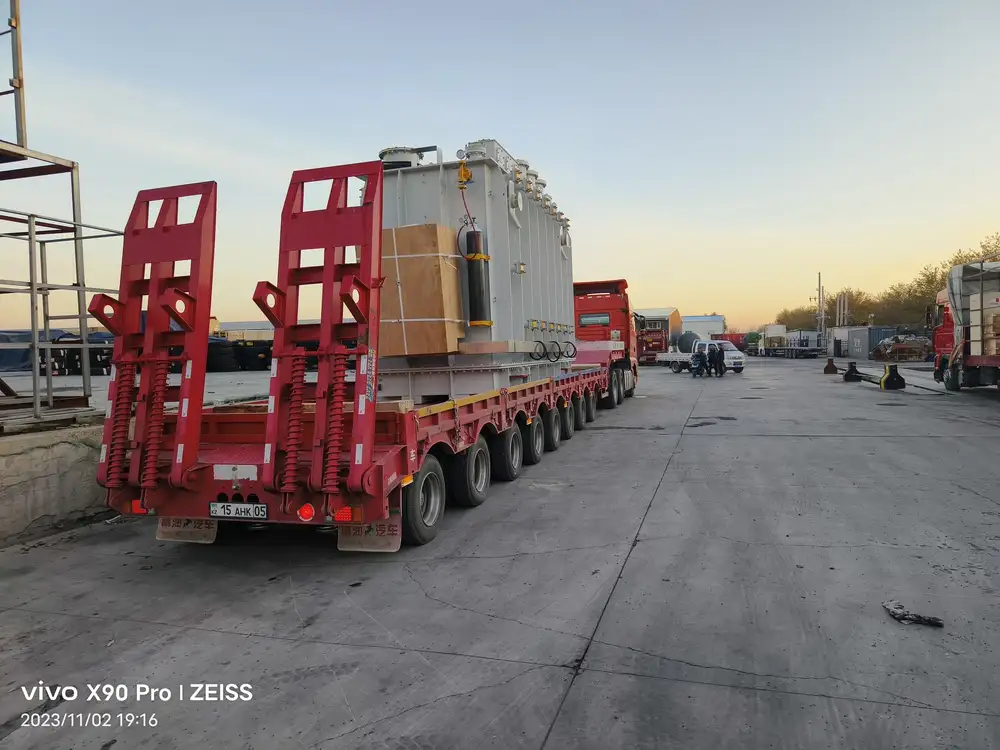
2. Dolly Towing
Dolly towing employs a pair of wheels positioned under the front or rear axle of the towed vehicle. This method lifts one set of wheels off the ground while the other remains on the road.
Advantages:
- Economical compared to flatbed towing.
- Allows for easier maneuverability in tighter spaces.
Disadvantages:
- Limited to certain vehicle types (not suitable for all-wheel drives).
- Potential for tire wear on the grounded wheels.
3. Hook and Chain Towing
This traditional method uses chains to connect the tow vehicle to the towed vehicle, often hoisting the front or rear of the vehicle.
Advantages:
- Quick and straightforward setup.
- Cost-effective for local moves and towing.
Disadvantages:
- Higher risk of vehicle damage, particularly in adverse conditions.
- Not recommended for long-distance towing.
4. Integrated Towing
Integrated towing systems, often found in commercial applications, involve the utilization of a specialized truck to tow other vehicles. This method integrates storage and towing capabilities.
Advantages:
- Highly efficient for fleet operations.
- Versatile, allowing for concurrent transport of several vehicles.
Disadvantages:
- Requires specialized training and permits.
- Typically higher operational costs.

Towing Equipment
Equipping your tow vehicle with the proper equipment is critical for ensuring safe and effective towing.
1. Tow Hitch
A tow hitch is an essential component responsible for connecting the towing vehicle with the towed vehicle. Different types of hitches exist:
- Receiver Hitch: Commonly used for varying towing capacities.
- Gooseneck Hitch: Ideal for heavy-duty loads, often mounted in the truck bed.
- Fifth Wheel Hitch: Best suited for larger trailers, allowing enhanced stability.
2. Tow Bars
Tow bars are commonly utilized in flat towing scenarios, connecting the towed vehicle directly to the tow vehicle.
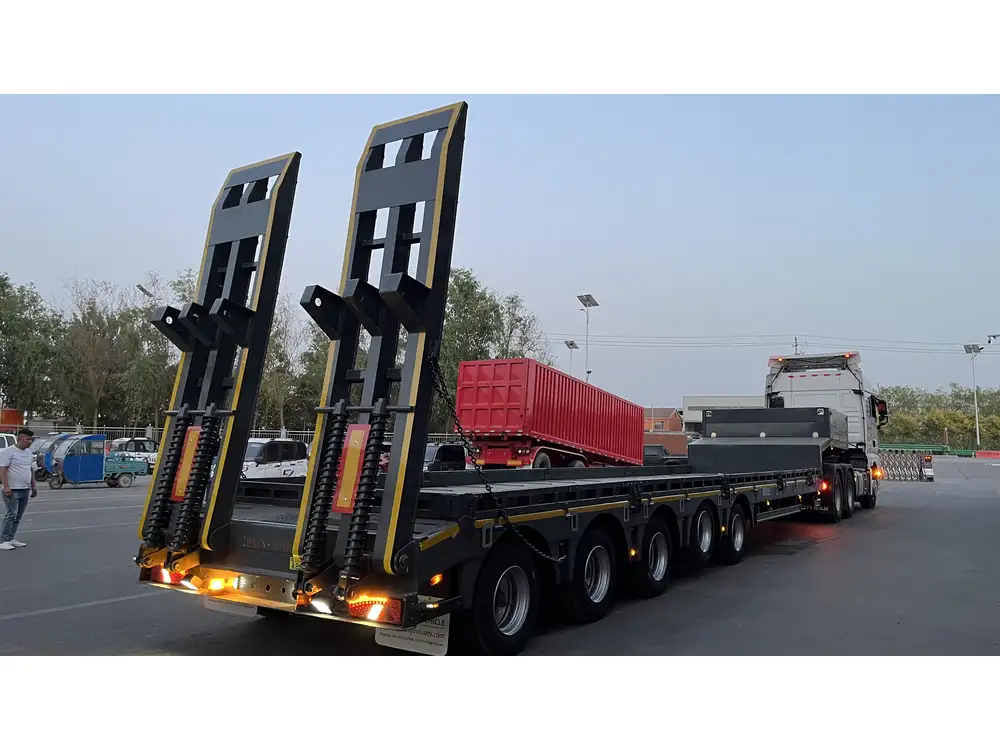
3. Safety Chains and Cables
Safety chains and cables are a crucial redundancy measure to ensure that even if the hitch fails, the towed vehicle will remain connected.
4. Brake Controllers
When towing heavier loads, brake controllers synchronize the braking of the tow vehicle with the towed vehicle. This equipment minimizes braking distance and enhances safety.
5. Towing Mirrors
Extended mirrors may be necessary for ensuring visibility of the towed vehicle, significantly improving the driver’s awareness during towing.
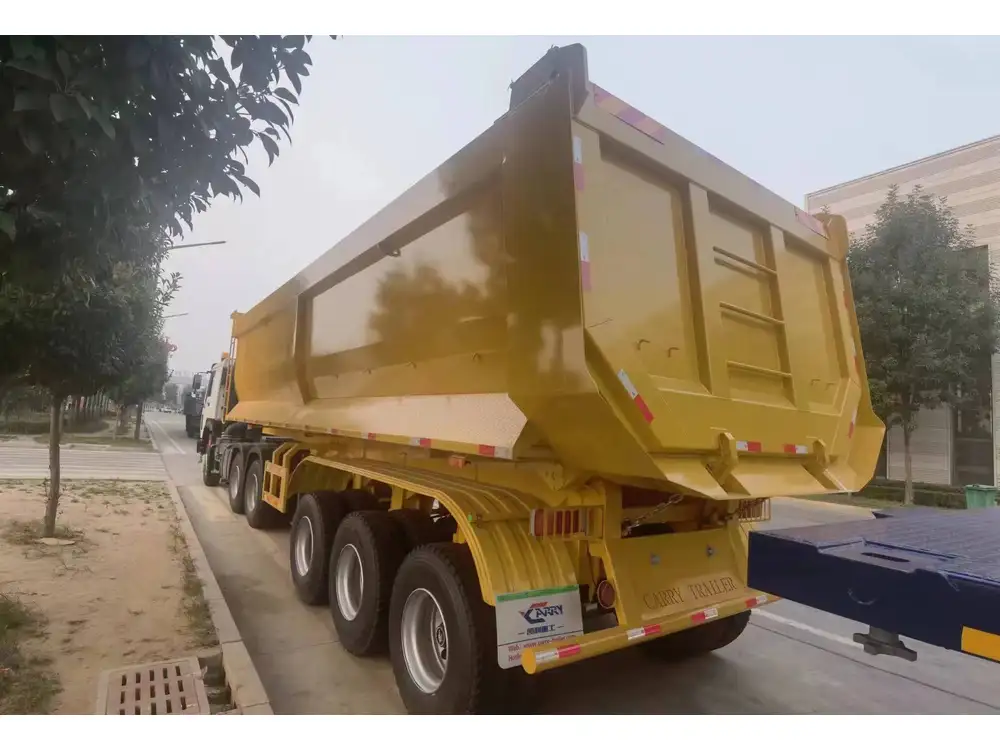
Legal Considerations in Car Towing
While towing, it is essential to comply with local laws and regulations.
1. Towing Capacity
The tow vehicle must comply with the manufacturer’s specified towing capacity. Exceeding this can lead to accidents and legal liabilities.
2. Licensing and Certifications
Some towing operations may require specific licenses or certifications, particularly for commercial endeavors involving heavy towing.
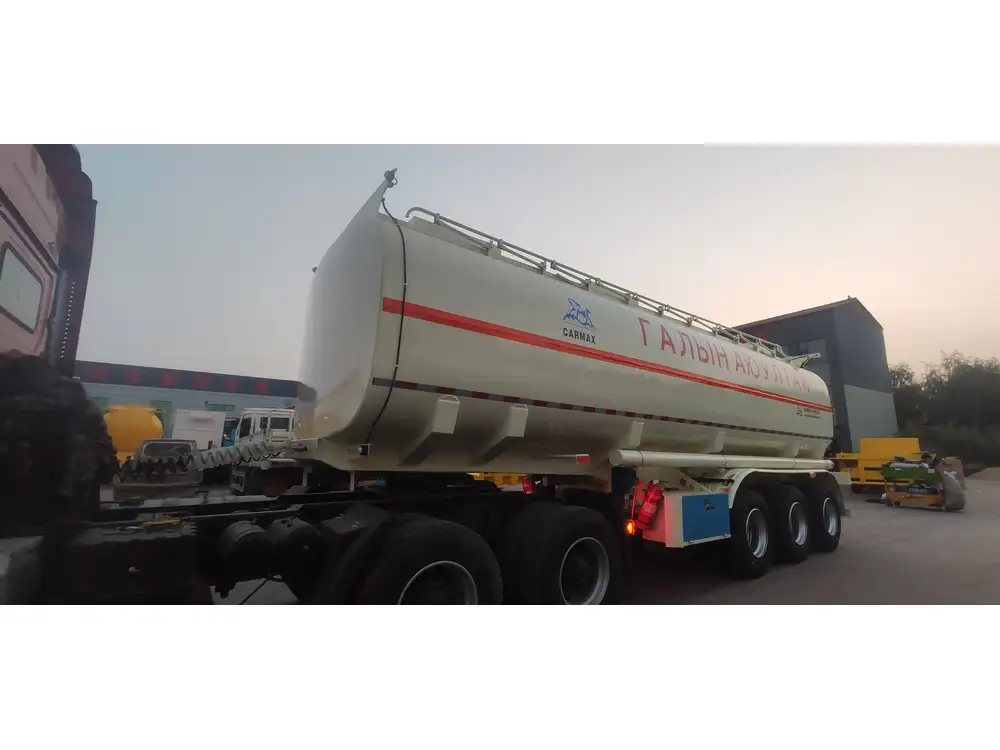
3. Insurance Requirements
Verifying coverage for towing operations ensures that both the towing and towed vehicles are protected against potential damage or liabilities.
Preparing for Towing
Before embarking on a towing journey, certain steps must be taken:
Pre-Towing Checklist
| Step | Description |
|---|---|
| Inspect the tow vehicle | Ensure the vehicle is in proper working condition. |
| Check towing capacity | Verify the tow vehicle can handle the weight of the load. |
| Connect towing equipment | Properly attach the hitch, chains, and electrical connections. |
| Test brakes and lights | Confirm all braking and signaling mechanisms operate correctly. |

Loading Procedures
- Position the Tow Vehicle: Align the tow vehicle and towed vehicle carefully.
- Secure and Connect: Ensure all connections are tight and secure before moving.
- Distribute Weight: For trailers, balance the load to avoid swaying while towing.
Best Practices for Safe Towing
Implementing best practices while towing can significantly mitigate risks associated with the activity.
1. Maintain Safe Speeds
Adhering to recommended speed limits while towing is vital. Lower speeds facilitate better control and reduce stopping distances.

2. Allow Greater Stopping Distances
Increasing your following distance enables ample time to react to sudden stops. The additional weight from the towed vehicle requires longer stopping distances.
3. Practice Defensive Driving
Remain vigilant for road conditions, and consider the impact of wind and weather on towing dynamics. Adapting your driving style to the situation at hand is critical.
4. Monitor Tire Pressure
Check the towing vehicle’s and towed vehicle’s tire pressures regularly. Under-inflated tires can lead to unstable towing and increased wear.

Addressing Common Towing Challenges
Even with proper preparation, various challenges may arise when towing.
1. Swaying Issues
Trailer sway can occur due to uneven weight distribution or high winds. To mitigate this:
- Ensure weight is properly balanced.
- Invest in sway control devices.
2. Tire Blowouts
Tire blowouts can result from a lack of maintenance.check tires regularly and replace any that show serious wear or damage.
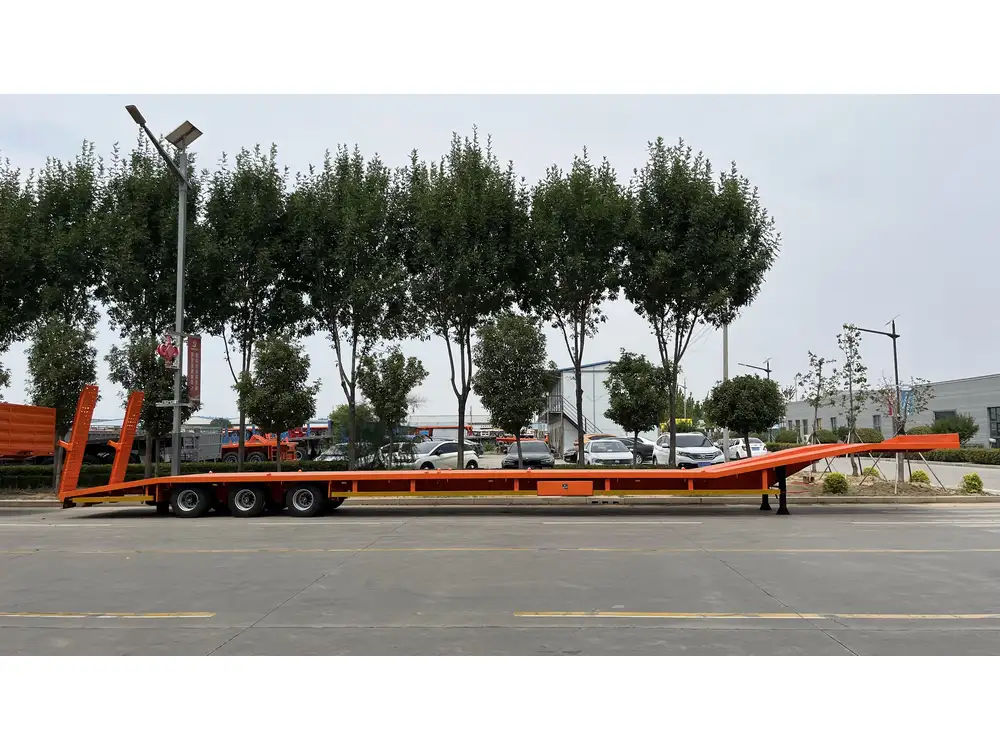
3. Overheating Engines
Monitoring engine temperature is crucial, especially during long hauls. Consider the following measures:
- Regular engine inspections.
- Ensure proper coolant levels.
Conclusion
Towing is a multifaceted operation that involves a comprehensive understanding of techniques, equipment, and legal considerations. By adhering to the best practices outlined in this guide, operators can enhance safety and efficiency, minimizing potential challenges during the towing process. As with any specialized practice, continued education and experience will make you more adept in handling varied towing scenarios. Whether you are a novice or an experienced driver, embracing the nuances of car towing will empower you to make informed decisions and focus on the road ahead.
FAQs about Car Towing
Q1: What should I do if my car breaks down?
A1: First, ensure your safety and the safety of others. Use hazard lights, assess the situation, and call for professional assistance if necessary.
Q2: Can I tow a car with a standard sedan?
A2: It’s essential to verify your vehicle’s towing capacity. Many sedans are not designed for towing; consider renting a suitable vehicle.
Q3: Are there specific towing regulations I should know?
A3: Yes, regulations can vary by state or country. Research local laws regarding tow vehicle specifications and licensing.
By taking these considerations into account, you will not only improve your towing capabilities but also embrace a more progressive and responsible approach to vehicle transport.



